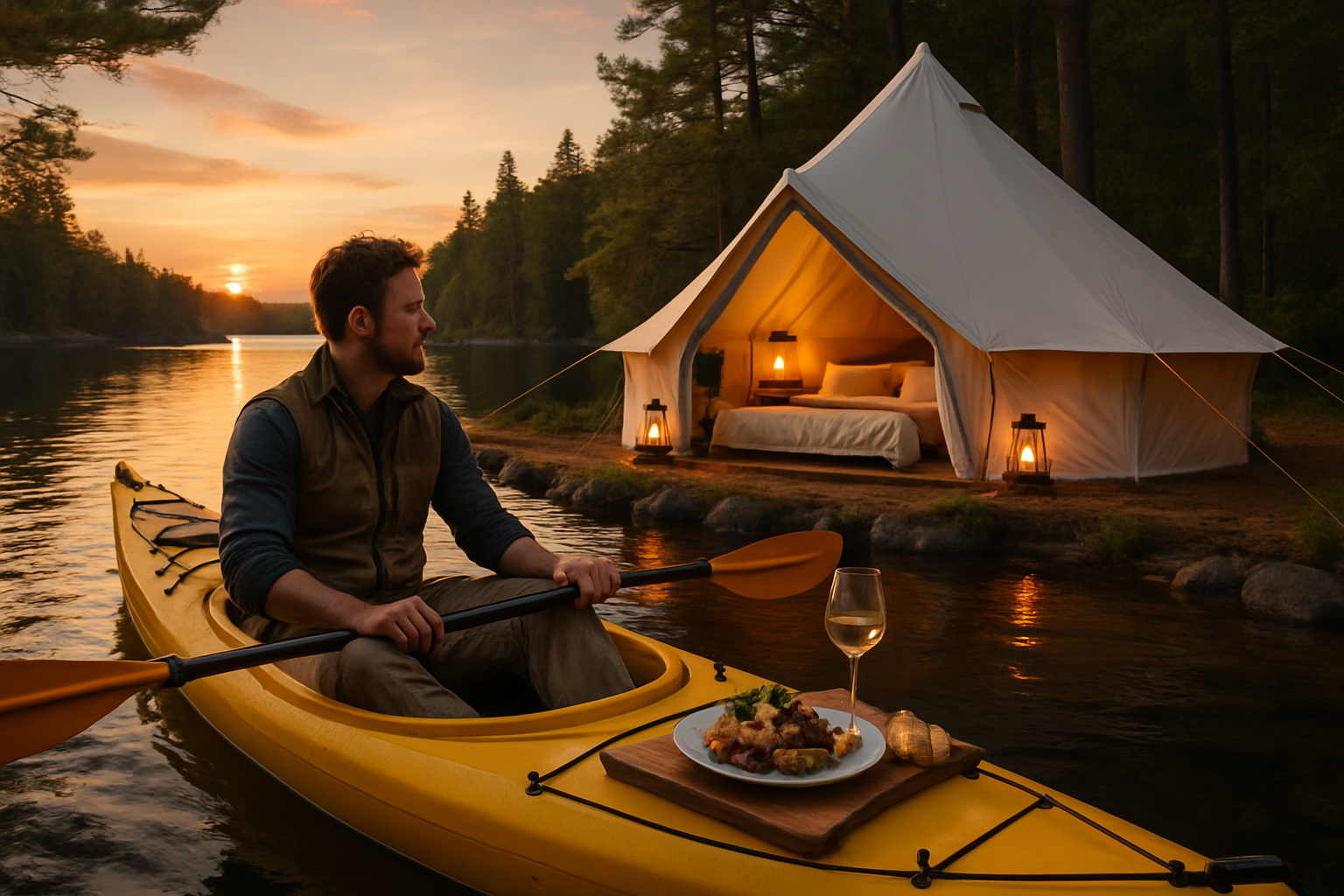Astrotourism: Stargazing Adventures for the Modern Traveler
Embarking on celestial journeys, astrotourism is captivating wanderers worldwide. This niche travel trend combines the allure of dark skies with the thrill of exploration, offering a unique way to experience destinations through the lens of the cosmos. From remote observatories to star-studded desert nights, astrotourism is redefining how we perceive and interact with the world above us.

In recent decades, this age-old interest has evolved into a full-fledged travel niche. The rise of light pollution in urban areas has sparked a renewed appreciation for pristine dark skies, driving travelers to seek out remote locations for unobstructed views of the cosmos. This shift has led to the development of dedicated dark sky preserves, astro-lodges, and specialized tours catering to stargazers of all levels.
The Modern Astrotourism Landscape
Today’s astrotourism scene is diverse and rapidly expanding. Dark sky reserves, certified by the International Dark-Sky Association, offer protected areas where artificial light is strictly controlled. These reserves, found in locations like the NamibRand Nature Reserve in Namibia and the Aoraki Mackenzie International Dark Sky Reserve in New Zealand, provide optimal conditions for stargazing and astrophotography.
Astro-lodges, a growing trend in accommodation, cater specifically to stargazers. These properties often feature observatory-style rooms with retractable roofs or dome ceilings, allowing guests to stargaze from the comfort of their beds. High-end telescopes, astronomy guides, and astrophotography equipment are frequently available, enhancing the celestial experience.
Specialized astrotourism operators now offer a range of experiences, from nighttime desert safaris to aurora-chasing expeditions in the Arctic. These tours often combine stargazing with cultural experiences, allowing travelers to explore local astronomy traditions and learn about indigenous celestial lore.
The Impact on Destinations and Communities
Astrotourism is proving to be a powerful tool for sustainable development in rural and remote areas. Many regions with ideal dark sky conditions are in economically challenged areas, and astrotourism provides a low-impact way to generate income and create jobs. In places like the Atacama Desert in Chile or the outback of Australia, astrotourism is becoming a significant economic driver, supporting local communities while preserving natural environments.
This form of tourism also plays a crucial role in raising awareness about light pollution and its effects on wildlife, human health, and energy consumption. As travelers seek out dark skies, there’s a growing push for better lighting practices in urban areas and increased protection for naturally dark environments.
Challenges and Considerations
While astrotourism offers numerous benefits, it also presents challenges. The very remoteness that makes locations ideal for stargazing can make them difficult and expensive to access. There’s also the risk of overtourism in sensitive dark sky areas, potentially leading to increased light pollution and environmental degradation if not managed carefully.
Weather dependency is another significant factor. Clear skies are essential for successful stargazing, and unpredictable weather can lead to disappointed travelers. Additionally, the specialized equipment and knowledge required for in-depth astronomical observation can be a barrier for some.
The Future of Celestial Travel
As technology advances and interest grows, the future of astrotourism looks bright. Virtual reality and augmented reality technologies are being developed to enhance stargazing experiences, allowing visitors to overlay information about celestial bodies onto their view of the night sky. Space tourism ventures, while currently limited to the ultra-wealthy, may eventually make suborbital flights more accessible, offering an ultimate astrotourism experience.
Climate change concerns are also shaping the future of astrotourism. As travelers become more conscious of their carbon footprint, there’s a growing emphasis on combining stargazing with sustainable and regenerative travel practices. This could lead to the development of more eco-friendly astro-lodges and carbon-neutral stargazing tours.
Stellar Insights for Aspiring Astrotourists
• Best time for stargazing is during a new moon when the sky is darkest
• The Bortle Scale, ranging from 1-9, measures the night sky’s brightness - lower numbers indicate better stargazing conditions
• Pack red-light flashlights to preserve night vision while navigating in the dark
• Many smartphones now have astrophotography modes, enabling decent night sky shots without professional equipment
• The International Dark-Sky Association website is an excellent resource for finding certified dark sky places worldwide
Astrotourism represents a compelling fusion of science, nature, and wanderlust. It offers a unique way to explore our planet while gazing into the depths of the universe, fostering a sense of cosmic connection and environmental stewardship. As this niche continues to evolve, it promises to open up new frontiers in travel, pushing the boundaries of where and how we explore our world and the vast cosmos beyond.





